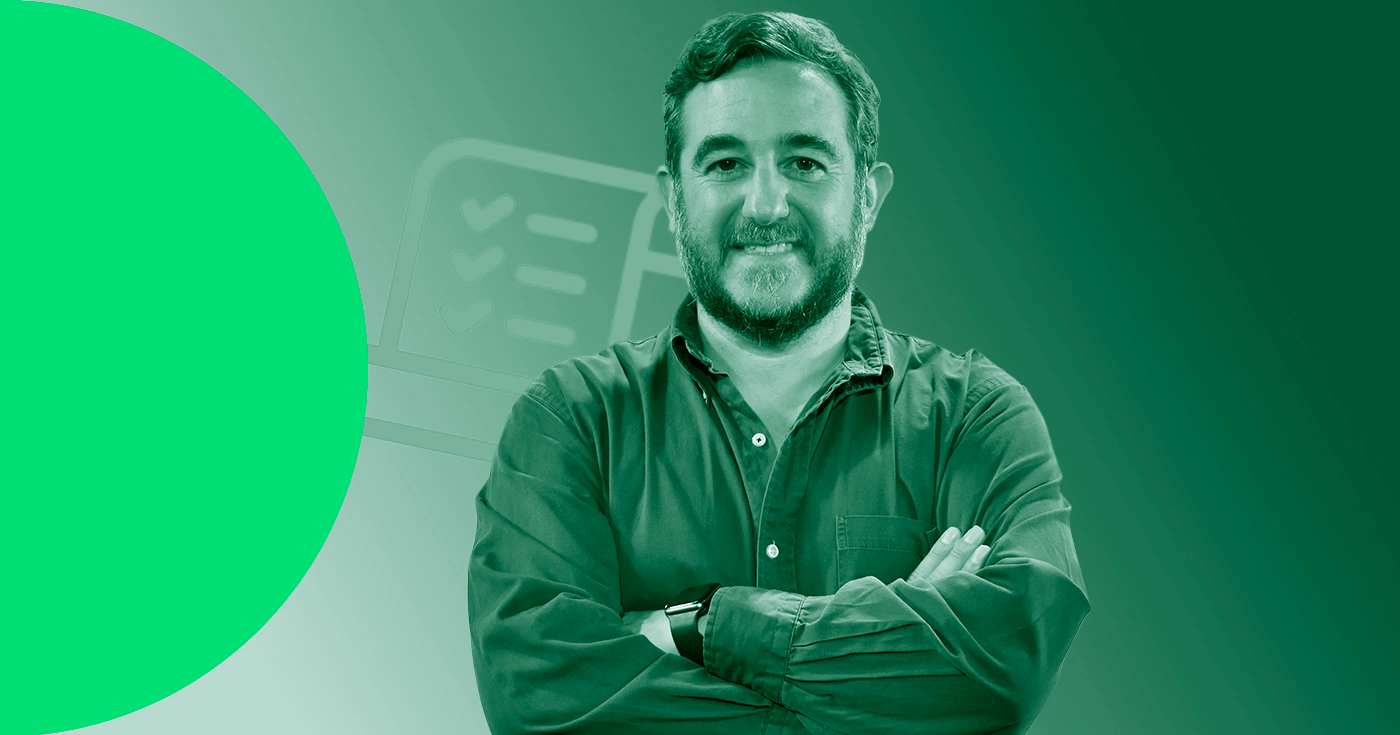


We have already talked on the blog about the importance of ratios such as loan-to-value or loan-to-cost in real estate crowdlending. The idea behind them is to measure the risk of a loan. Something very useful to know not only if it is worthwhile to finance an operation, but also what interest to demand in return: the higher the risk, the higher the risk.
Guarantees are a further step in the process of taking care of oneself. Normally, the borrower is liable with all his assets – present and future – to meet his obligation. But sometimes, the creditor -the one who gives the loan- can demand something more than solvency. Guarantees are just that: mechanisms that guarantee that the creditor will be able to recover its money.
There are two main types of guarantees, personal and real. The former involve a third party: it is established that another person will take over the debt in the event that the borrower is unable to do so. Real guarantees are so called because they are linked to a real, tangible asset that can be executed. In other words, they establish that whoever puts up the money will keep an asset if the borrower is unable to repay. The real aspect also has to do with their effectiveness, which is not subject to legal battles, so to speak.
Within these security interests there are several types. Some of the most common ones are the pledge and the mortgage -what we are going to talk about in this article-. There are two main differences between pledge and mortgage. The first is that in a pledge it is a movable asset that is pledged as collateral: an automobile, merchandise, credit instruments, etc. In addition, with the pledge, ownership is transferred: the creditor is the new owner of the property used as collateral.
The mortgage is perhaps the most common form of collateral. In a mortgage-backed loan – a classic form of real estate crowdlending – the borrower offers a property as collateral. If he fails to pay in a timely manner, the lender can keep that property. Unlike a pledge, the assets are real estate. And ownership of the collateral remains with the borrower.
The gold standard of real estate collateral is the first-ranking mortgage collateral. This guarantee is the one we have described: if the customer defaults on payment, the financier can foreclose and take the property in question. This is, in fact, what happens with mortgage loans for home purchases. Normally the bank lends you up to 80% of the value of the house (that is, a loan-to-value of 80%) and, if things go wrong, it keeps the property.
The first rank or first degree has to do with the order of collection: there is no one else first. The contrast with a second-ranking mortgage is clear. In this case, there is already a mortgage on the property, so the new mortgage is subordinate to the first. In the event of default, the lender of the first-ranking mortgage has the first right of refusal to foreclose and recover the money lent before any other creditor with a lower-ranking mortgage.
A debt project (real estate crowdlending) that has first-ranking mortgage collateral gives quite a bit of peace of mind. But, when investing, you should always examine the conditions in detail and, above all, understand what has to happen to make money… and what could happen to reduce the expected return or even lose money. If something is not clear to you, ask! At Urbanitae, we are happy to help you.
diego.gallego@urbanitae.com